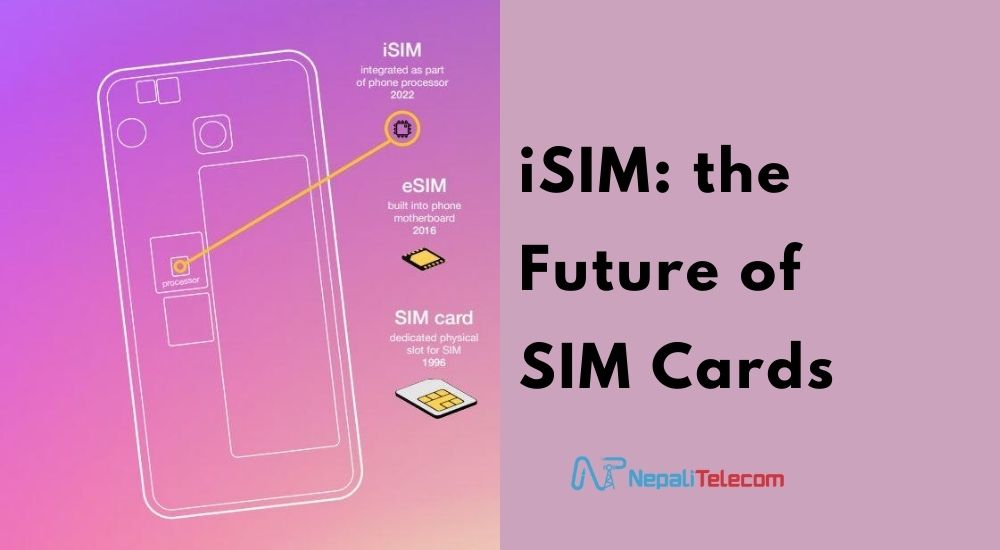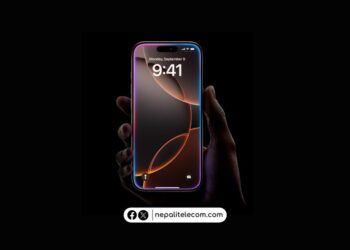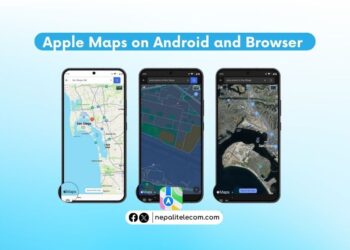Leading tech giants Vodafone, Qualcomm Technologies, Inc., and Thales have successfully demonstrated a working smartphone featuring an iSIM. The technology is based on ieUICC that allows integration of a SIM card into the SoC of a device. This collaborative milestone will lead to the commercialization of this technology for future devices that will come with iSIM.
The latest iSIM development brings more device efficiency and performance and as well as proving its readiness for commercialization.
Qualcomm says iSIM “will allow for greater system integration, higher performance, and increased memory capacity.”
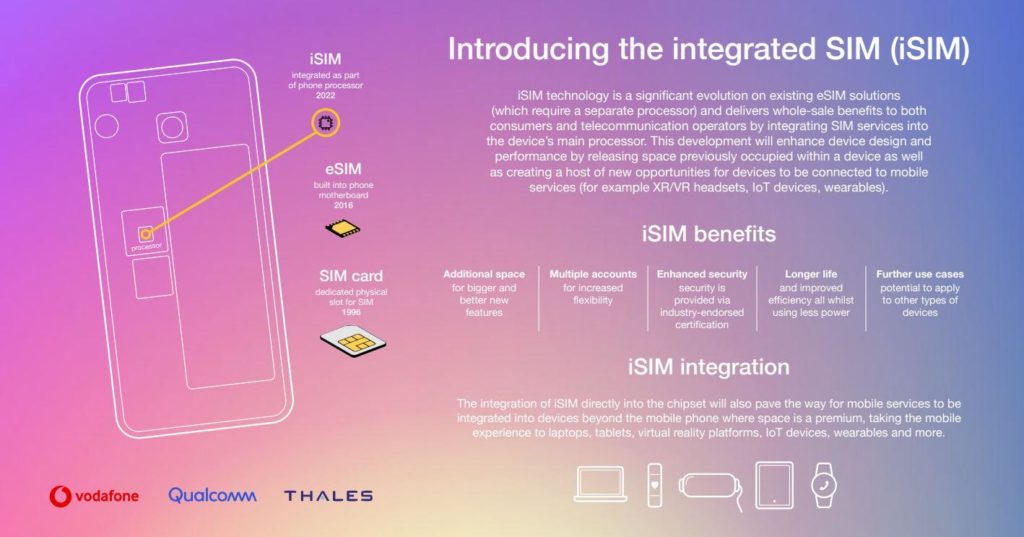
The proof of concept (POC) demonstration leveraged Vodafone’s advanced network capabilities. The subject of this demonstration was Samsung Galaxy Z Flip 3 5G which gets its power from Snapdragon® 888 5G Mobile Platform. The device features a default Qualcomm® Secure Processing Unit which ran Thales iSIM OS for the demo. The test was performed in Samsung’s R & D labs using Vodafone’s remote management platform.
Alex Froment-Curtil, chief commercial officer, Vodafone, said: “Our aim is to create a world where every device connects seamlessly and simply to each other, and the customer has complete control. The iSIM, combined with our remote management platform, is a major step in this direction, allowing devices to be connected without a physical SIM or dedicated chip, making connectivity to many objects – the promise of the connected IoT world – a reality. It will enable our customers to enjoy the ease of multiple accounts on one device, while from an operator’s point of view, helping eliminate the need for separate SIM cards and the additional plastic this consumes. We will continue working closely with Qualcomm Technologies and Thales to evolve further applications for this technology and accelerate its commercialization.”
Related: What is an eSIM? Here’s Everything You Need to Know
eSIM vs iSIM: Part of ‘eSIM’ evolution but with a major difference
Developers are closing on the global rollout of eSIM but iSIM is already making strides. It’s plausible that this new innovation in SIM cards technology triggers a question or two. But both of these are in the evolution of SIM card technologies with one major difference. An eSIM needs a separate chip to work. It is no longer the case with iSIM as it goes right into the SoC of a device. It also doesn’t require a dedicated space beneath the device.
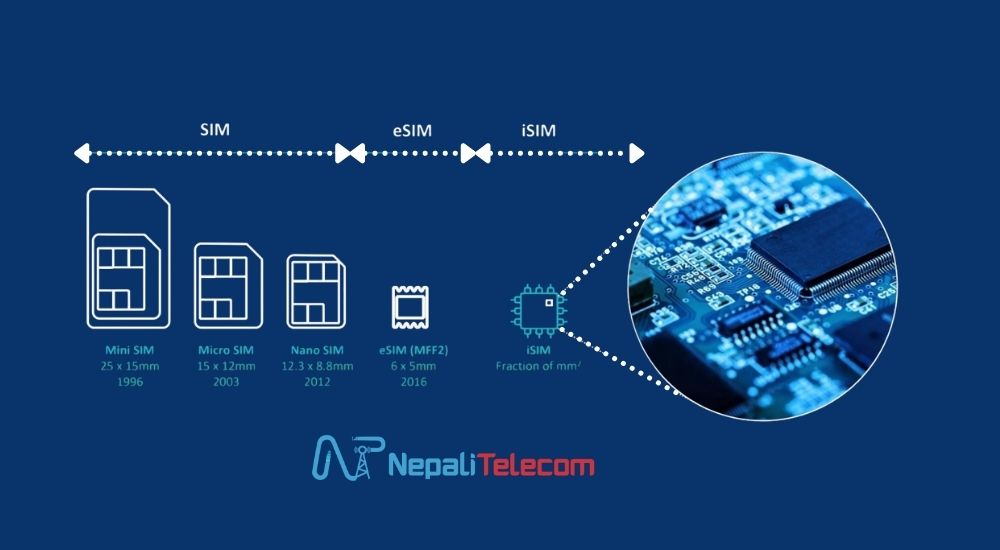
iSIM will be similar to a regular SIM card in the function that is it may involve one permanent subscription. But it also has the flexibility of the eUICC-like feature where a user can upload multiple profiles over the air (OTA).
Though a part of ‘eSIM’ evolution, iSIM offers “wholesale benefits” to both consumers and telecom operators. The technology is built to be energy efficient and more sustainable. It will also prove essential for future innovations in IoT, smartphones, laptops, wearables, AR/VR, and more.
Major benefits:
iSIM comes with SoC integration and brings a host of benefits such as:
- The iSIM integrates into the main processor of a device and brings a multitude of benefits such as:
- Brings mobile services to devices with no previous built-in capabilities.
- Releases space for a device and simplify its design and performance.
- Integrates SIM card’s functionalities into the device’s SoC alongside GPU, CPU, and modem.
- Allows remote SIM provisioning by operators
SIM vs eSIM vs iSIM Which one to use?
Each SIM technology comes with its own merits and demerits so it comes down to personal choices. It is generally about the needs and requirements than just the mere tech itself. If you only have a few devices and need just one mobile contact, a traditional physical SIM card is ideal. If you use a lot of devices and require better security, eSIM will suit your needs.
iSIM is still inside the labs but when it comes to age it will have multiple applications from smartphones to IoT devices, wearables, etc. It will also be more sustainable and energy-efficient. But how far it will be of use needs to be seen as tech leaders continue its development.
NTC is supposedly launching eSIM this FY 078/79 and we cannot wait for it. Check out the details and update on Ntc eSIM. But iSIM could prove more beneficial in the future. Which one seems most promising to you, a physical SIM card, an eSIM, or an iSIM? Don’t forget to share your opinion with a reason in the comments below.


